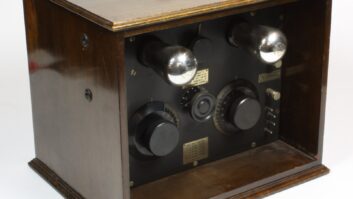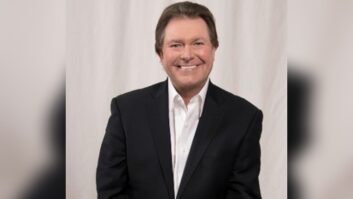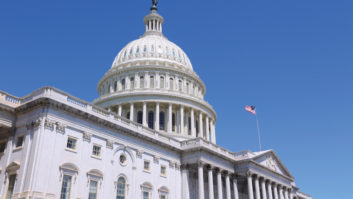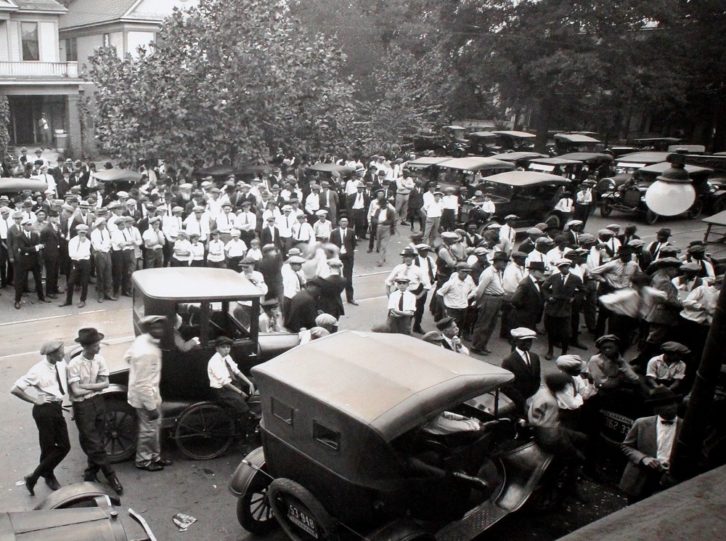
By the end of the 20th century’s second decade, three key elements were in place to fuel radio broadcasting: resonant circuitry, a practical means for generating a carrier wave, and methodology for impressing speech and music on that carrier.
These waited only for someone to combine them in an effective way.
A number of individuals — most notably Reginald Fessenden, Lee de Forest and Charles Herrold — had made varying attempts at broadcasting. None took root.
There was little effort to stimulate interest among the public. Early transmissions of speech and music were directed to radio amateurs. There also was little or no notification of how to “listen in.” Nor were there regular operating schedules, nor readily available receivers for the general public. Radio sets were marketed to commercial enterprises, the military and radio amateurs.
U.S. involvement in “the Great War” further put the brakes on broadcasting, with a government edict mandating the dismantling of virtually all privately owned radio stations and apparatus in an effort to thwart possible enemy espionage involving radio.
But the war also indirectly advanced radio broadcasting. The government lifted patent restrictions on various communication technologies including the vacuum tube, which allowed multiple companies to manufacture radio gear for the U.S. Army Signal Corps.
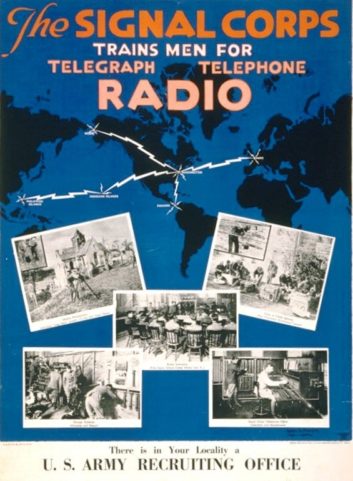
Also, large numbers of young men received Signal Corps training in radio, providing a talent pool that would help fuel broadcasting’s launch.
Westinghouse and Conrad
With the end of the war in late 1918 and a “reconversion” to a pre-war way of life, there was another key development in the road to broadcasting, an unintentional one involving a Westinghouse Electric and Manufacturing Co. self-taught radio engineer and a farsighted senior official at that company.
Westinghouse had been producing radio gear for the U.S. military; with the armistice, this foray into a new field and its lucrative revenue stream abruptly ended.
The company still desired to retain a footprint in the radio sector, and started exploring another frontier that was opening up: international radio communications.
This stemmed from the government’s decision not to allow foreign corporations such as Marconi to exert a virtual monopoly in this area of radio, as had been the case before the war. While that chapter in radio history is too involved to relate in detail here, it resulted in the creation of the Radio Corporation of America.
RCA, along with General Electric, a large player in radio communications, wound up controlling most of the valuable radio patents.
Westinghouse attempted to enter into international radio communications, joining with the International Radio Telegraph Co., successor to Reginald Fessenden’s National Electric Signaling Company, in an attempt to secure a place in this field. The initiative failed due to postwar agreements in place by others including Marconi, Telefunken, and RCA, the new kid on the block.
This failure, coupled with the end of lucrative wartime contracts for tubes and radio apparatus, appeared to close the doors on Westinghouse’s future in radio.
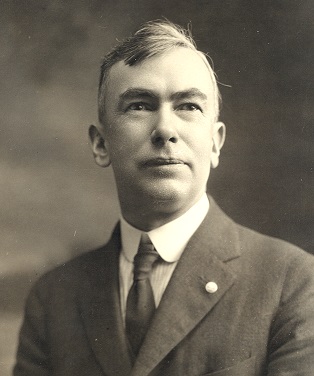
In the book “The Continuous Wave: Technology and American Radio, 1900–1932,” Hugh Aitken wrote that “Westinghouse, barred from international radio by the cross-licensing agreements, seemed to have few options left; the sensible course of action was surely to call it quits as far as radio was concerned.”
Such corporate goings-on were way above the pay grade of Frank Conrad. He had helped his company develop military radio gear, and he continued to experiment with radio on his own time through his amateur radio station. Conrad joined with many other pre-war “hams” in taking to the airwaves. However, he enjoyed an advantage not available to most of his fellow amateur operators: ready access to Westinghouse vacuum tubes.
This allowed Conrad to cobble up a radiotelephone transmitter based on Raymond Heising’s “constant current” modulation system.
Tinkerer that he was, Conrad wished to monitor the performance of his station and appropriated the family phonograph as a source of audio while he stepped away to do listening tests.
Other “hams” heard the music and encouraged Conrad to provide more such “entertainment,” often requesting specific records. He soon tired of responding to individual requests and decided instead to air a “concert” on a regular basis. A local music store even began contributing new records in exchange for on-air “plugs.”
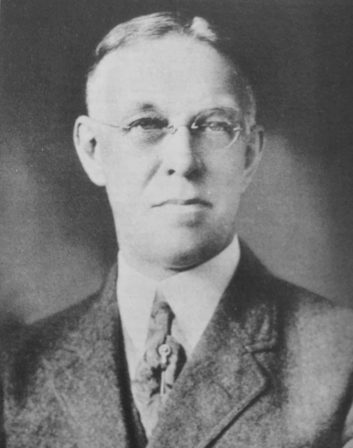
By the fall of 1919, Conrad’s broadcasts were attracting an estimated audience of some 400 to 500. An area newspaper took interest in the activity, and a Pittsburgh department store began marketing inexpensive receivers to those wishing to enjoy Conrad’s music programs.
Westinghouse’s vice president, Harry P. Davis took notice of the attention being generated by Conrad’s “wireless musicales,” realizing that an interest in radio might exist outside of hobbyists and commercial message handlers.
Here’s how he recalled it for the 1930 book “American Beginnings”:
We watched this activity and the activity of various others who were experimenting with radiotelephony very closely. Soon came the idea which led to the initiation of a regular broadcast service. An advertisement of a local department store in a Pittsburgh newspaper calling attention to a stock of radio receivers which could be used to hear the programs sent out by Dr. Conrad led me to the conviction that efforts then being directed to develop radiotelephony as a confidential means of communication were wrong, and that this field instead offered one of widespread commercial publicity.
Right in our grasp, therefore, we had the service we had been groping for. A little study developed the great possibilities. We became convinced that we had in our hands the instrument that would be the greatest and most direct means of mass communication and mass education that had ever appeared. The natural fascination of its mystery, coupled with the ability to annihilate distance, would attract interest and open many avenues of application. It offered the possibilities of service that could be rendered without favor and without direct cost to millions.
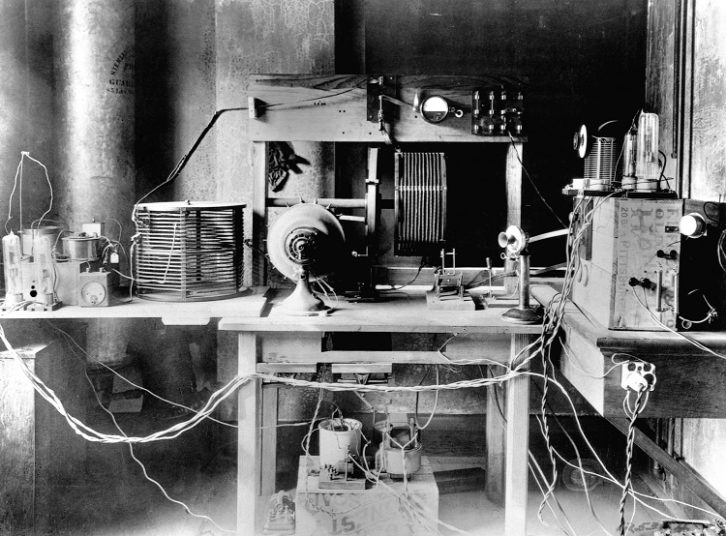
Davis encouraged Conrad to continue his experimentation on company time, with the installation of a 100-Watt transmitting station at Westinghouse’s East Pittsburgh plant.
He also made sure that the station received its share of publicity, and began to plan an event to call even more attention to the radio experimentation, one that would forever place Westinghouse and Pittsburgh in the history books as the launch point for radio broadcasting: live reporting of the 1920 presidential election returns.
“The Big Broadcast”
Davis made arrangements with the Pittsburgh Post to deliver election eve ballot counts via telephone to the combination transmitter room/studio and tapped Leo Rosenberg from the company’s publicity department to do the on-air announcing.
Donald Little, who’d worked with Conrad in designing and constructing the KDKA transmitter, was designated as the station’s “chief engineer,” and William Thomas, who possessed the necessary commercial radio license, was assigned as transmitter operator.
And to ensure that the big event would not be spoiled by a transmitter failure at the company site, Conrad agreed to keep his ham transmitter on “hot standby” in case the KDKA rig failed.
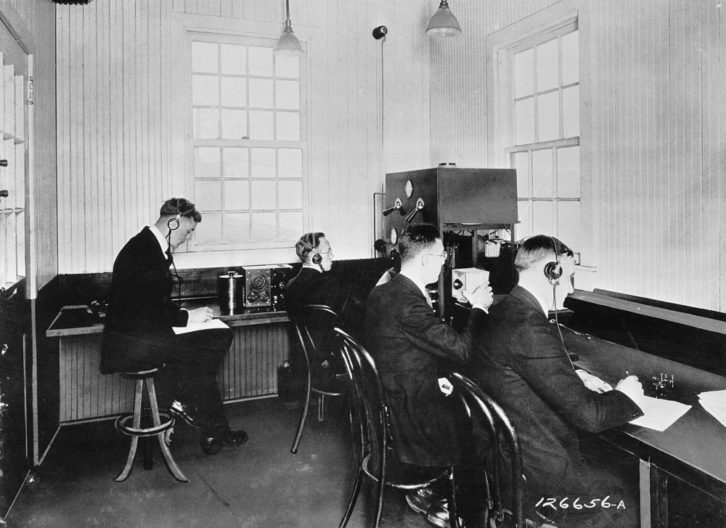
Little described the Nov. 2, 1920 scene 35 years later in a story in American Heritage magazine: “The first program, which ran from about 8 p.m. to some time after midnight, consisted only of the election returns repeated into our microphone by Rosenberg from what he heard by phone from the Post downtown, interspersed with recorded music.”
“Perfect Storm” for Radio
This seminal “broadcast” was a success in every sense.
There were no reported technical glitches, with election returns flowing smoothly from the newspaper to the East Pittsburg “broadcast center.” Rosenberg was not prone to “mic fright,” and professionally and unfalteringly delivered the election news. And those who “listened in” that night let Westinghouse know about it.
As observed by Little: “The company received quite a lot of mail on this broadcast.”
This response came not only from radio amateurs who shared headphones with neighbors, but also from an election-eve “listening in” party organized by another Westinghouse employee, Lewis Warrington Chubb, who’d been placed in charge of radio engineering. Again from the American Heritage article 35 years later:
“Our election night broadcast was also picked up by a receiver and a loud-speaker which Mr. Chubb … and I installed at the Edgewood Club — this was in Edgewood, just outside of Pittsburgh. The club had an auditorium and a good many of the club members congregated there on the evening of November 2, as it was pre-advertised that they would get election returns. From time to time during the evening Mr. Chubb phoned us comments on how the program sounded and I recall he told us once that the audience preferred less music and more election returns.”
Seizing the Moment
In order to gain a better insight into what made Davis’ decision for this launch timely and successful, it’s instructive to recall that the past decade had not been an especially good time for most, with major and minor tragedies punctuating the entire decade — the sinking of the Titanic, the world war and a global influenza pandemic. The real “capper” came in late 1919 with the Volstead Act, making it illegal even for Americans to drown their sorrows in strong drink. Clearly, something was needed to help lift people out of this gloom, tragedy and misery.
That something proved to be radio.
Sidebar: Budapest Operation Predated KDKA
KDKA’s arrival in late 1920 set the stage for broadcasting as we know it. However, the concept of electronically transmitting entertainment, news and information to many people simultaneously was not new when the seminal Pittsburgh station took to the airwaves.
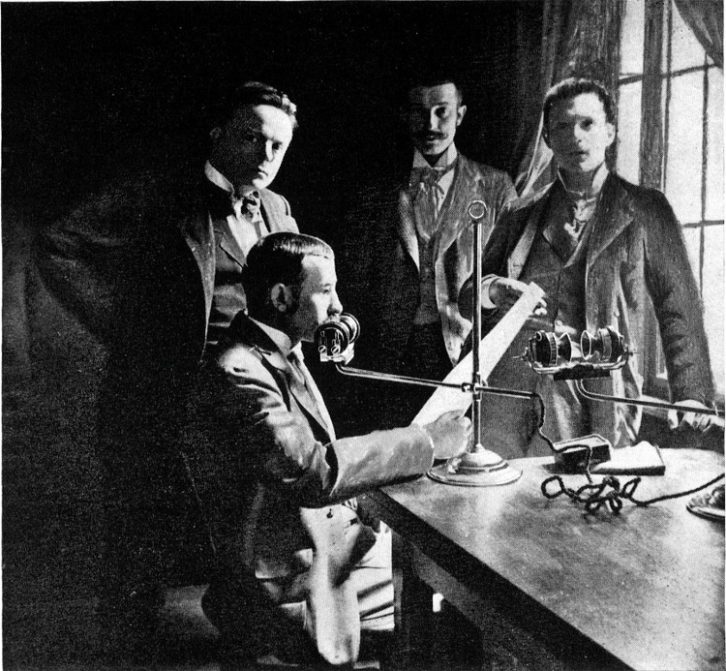
As early as 1880, delivery of opera performances was being demonstrated via wired telephone networks. In 1893, a successful enterprise called Telefon Hírmondó or “telephone newspaper” launched in Budapest, Hungary utilizing telephone connectivity.
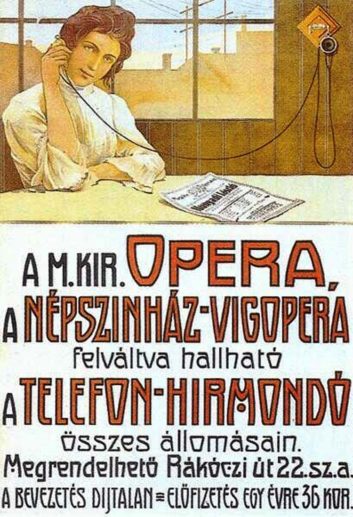
It delivered a steady stream of news, sports reports and occasional musical entertainment for 12 hours or so each day.
Access to the news and entertainment service was on a subscription basis, similar to present-day cable TV operations.
This wired broadcasting enterprise was apparently quite successful and well received, as it lasted on a standalone basis for more than 40 years before being “merged” with over-the-air radio broadcast streams in 1925.
It’s reported that the 1920s and ’30s the service was attracting more than 10,000 subscribers.
Telefon Hírmondó continued well into the World War II, ending only when the Budapest telephone system was destroyed in the conflict.
Thanks
The author of this article wishes to acknowledge Rick Harris, chairman of the National Museum of Broadcasting’s Conrad Project; Mark Schubin, for information about Telefon Hírmondó; and Alex Magoun at the IEEE History Center.
Further Reading:
Aitken, Hugh G.J., “The Continuous Wave: Technology and American Radio, 1900–1932;” Princeton University Press, 1985
Douglas, Susan, “Inventing American Broadcasting 1899–1922;” The Johns Hopkins University Press, 1987
Christopher H. Sterling, John Michael Kittross,“Stay Tuned: A History of American Broadcasting,” Lawrence Erlbaum Associates Publishers, Mahwah, N.J., 2002
Among other sources for this article are “Amateur Radio Concerts” in Radio Amateur News, January 1920; “Amateur Radio Stations — 8XK and 2NW” in QST magazine, September 1920; “Wireless Telephone Here” in the Pittsburgh Gazette Times, Oct. 26 1919; chapter “Radio and Its Future” in the book “American Beginnings” by H.P Davis, 1930; “The Telephone Newspaper” in World’s Work Magazine, April 1901; “How the World’s Only ‘Telephone Newspaper’ Took Off,” The Article, June 16, 2019; and “A Telephone Newspaper” in Electrical Review, April 27, 1901.







